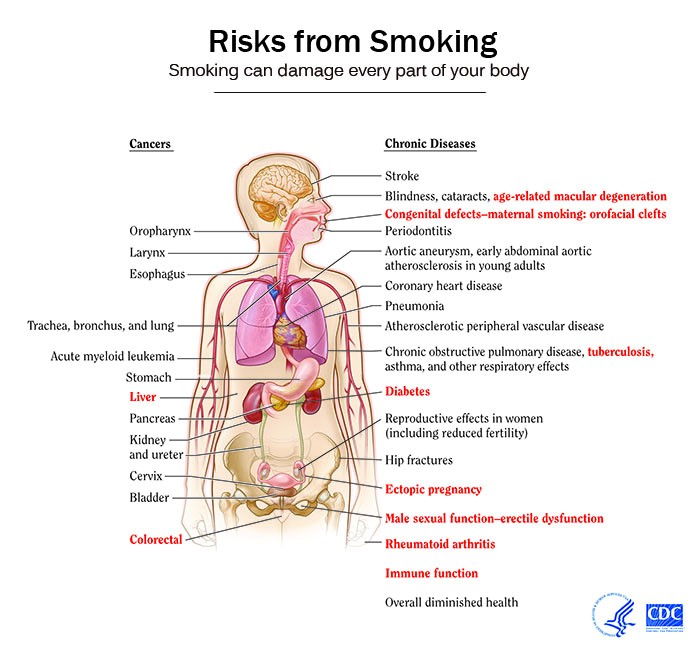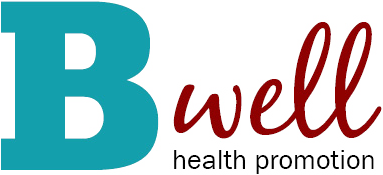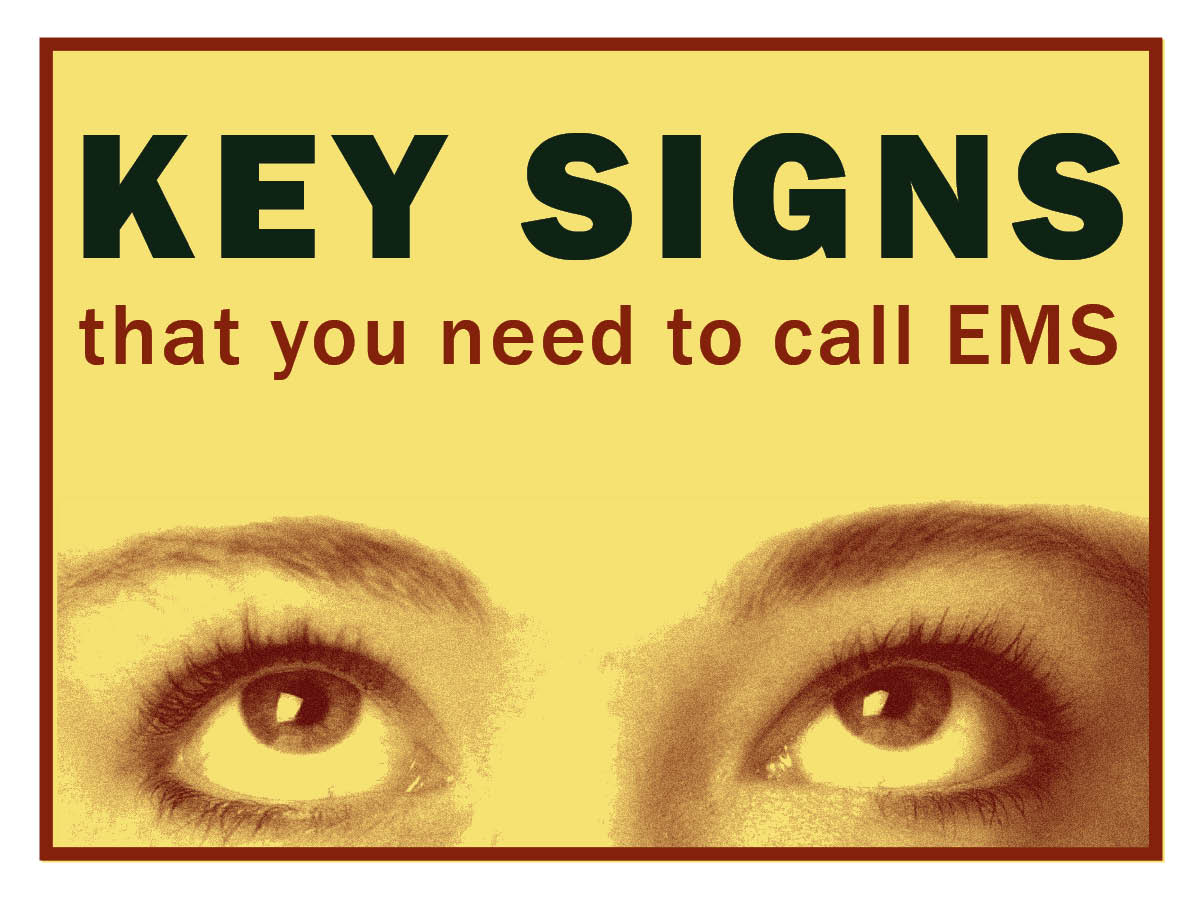Most people who smoke plan to quit and many students say they’ll stop smoking when they graduate. If you smoke or chew tobacco regularly, it’s a good idea to try to take a break from tobacco. A break can help you reduce how much you smoke and it can give you an idea of how hard it could be to stop when you want to quit. If you find that taking a break is really difficult for you, that’s a sign that you should get some help. These pages have many tips on how to quit and resources to help you.

Other Drugs
Tobacco
What is tobacco?
Tobacco is a leafy plant grown around the world. In 2007, four countries—China, Brazil, India, and the United States—produced two-thirds of the world’s tobacco. Tobacco is currently grown in 16 states in the United States. The largest tobacco-producing states are Kentucky and North Carolina. They account for 71% of all tobacco grown in the United States.
Tobacco is an addictive substance because it contains the chemical nicotine. Like heroin or cocaine, nicotine changes the way your brain works and causes you to crave more and more nicotine. This addiction to nicotine is what makes it so difficult to quit smoking and other tobacco.
How is it used?
Tobacco can be used in a wide variety of ways. The most common forms in which it is used in the United States include:
-Smoked (oral): Tobacco can be shredded and smoked in cigarettes, cigars, cigarillos, and pipes.
-Chewing tobacco (oral): Chewing tobacco is loose-leaf smokeless form of tobacco that is often coated with a flavoring licorice or molasses. The chewing tobacco is placed between the teeth and the gums in the form of a wad and then it is chewed in order to release the flavor and nicotine, which is then absorbed by the mouth.
-Snuff (nasal): Snuff is a form of smokeless tobacco made from ground or pulverized tobacco leaves. The snuff is pinched in the hand and then inhaled or insufflated. This delivers a quick hit of nicotine through the nasal mucosa.
-Dip (oral): Dip is a type of finely ground or shredded, moistened smokeless tobacco product. The dip is removed from the can, and put into the mouth between the gums and teeth where the nicotine can be absorbed by the mouth.
-Snus (oral): Snus is a form of finely ground or shredded, moistened smokeless tobacco product that is contained in pouches. Much like dip, it is placed into the mouth between the gums and teeth where the nicotine can be absorbed by the mouth.
What are the health risks of smoking tobacco?
Smoking harms nearly every organ of the body, causes many diseases, and reduces the health of smokers in general.
For more information about the specific harms that smoking can cause, view the schematic below:

How can I quit?
There are a variety of techniques for quitting smoking. Whether you choose to quit "cold turkey" or go slowly by "nicotine weaning", you can decrease any discomfort you may feel as you quit. Follow these tips:
- It helps to plan ahead. Set a date to stop smoking and then stick to it.
- Write down your reasons for quitting smoking. Read over the list every day, before and after you quit.
- Keep a record of when you smoke, why you smoke, and what you're doing when you smoke. You'll learn what triggers you to smoke.
- You may want to first stop smoking cigarettes in certain situations, such as during your work break or after dinner, before actually quitting.
- Make a list of things you can do instead of smoking. Be ready to do something else when you want to smoke.
- Ask your doctor about medication or about using nicotine gum or patches. Some people find these aids helpful. For some, you'll need a doctor's prescription. Others are available over the counter, which means you don't need a prescription.
- Join a smoking cessation support group or program. Call your local chapter of the American Lung Association. Let family and friends know that you are quitting, and ask for their support.
Strategies for remaining abstinent once you’ve stopped:
- Don't carry a lighter, matches, or cigarettes. Keep all of these smoking reminders out of sight.
- If you live with someone who smokes, ask them not to smoke around you, or better yet, to quit with you.
- Don't focus on what you're missing. Think about the healthier way of life you're gaining.
- When you get the urge to smoke, take a deep breath. Hold it for up to 10 seconds and exhale slowly. Repeat this several times until the urge to smoke passes.
- Keep your hands busy. Doodle, play with a pencil or straw, or work on a computer.
- Change activities that were connected to smoking cigarettes. Take a walk or read a book instead of taking a cigarette break.
- When you can, avoid places, people, and situations associated with smoking. Hang out with people who don't smoke. Go to places that don't allow smoking, such as the movies, museums, shops, or libraries.
- Don't substitute food or sugar-based products for cigarette smoking. Eat low-calorie, good-for-you foods (such as carrot or celery sticks, sugar-free hard candies) or chew gum when the urge to smoke strikes.
- Drink plenty of fluids, but limit alcoholic and caffeinated beverages. They may be triggers that make you want to smoke.
- Exercise. It helps you burn off stress and relax. Consider starting a fitness program before you quit.
- Get support for quitting. Tell people about your progress. Be proud of what you're doing!
- Work with your doctor to make a plan using over-the-counter nicotine-replacement aids or prescription medication.
How do I help a friend quit?
Click here for ways to help a friend.
Resources
www.QuitNowRI.com, 1-800-QUIT-NOW (1-800-784-8669)
The Smokers' Helpline provides referrals to local programs, phone counseling and will mail out self-help materials and quit smoking information packets. It is free and confidential.
University Health Services 401.863-3953
Confidential medical care, including prescriptions for Zyban. Located at 13 Brown Street on the corner of Brown and Charlesfield Streets.
BeTobaccoFree.gov
US Department of Health and Human Services website with resources and information to quit smoking.






